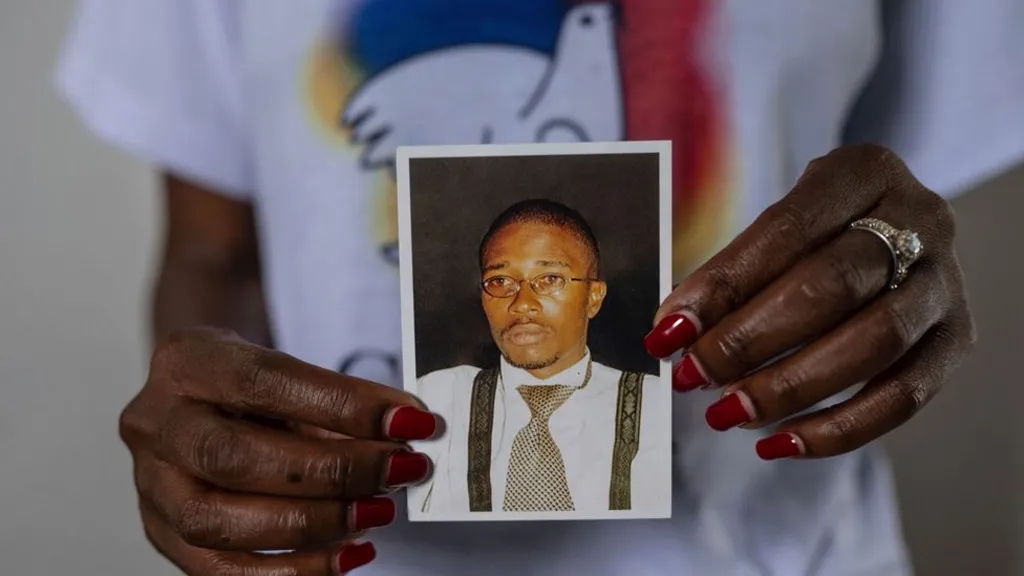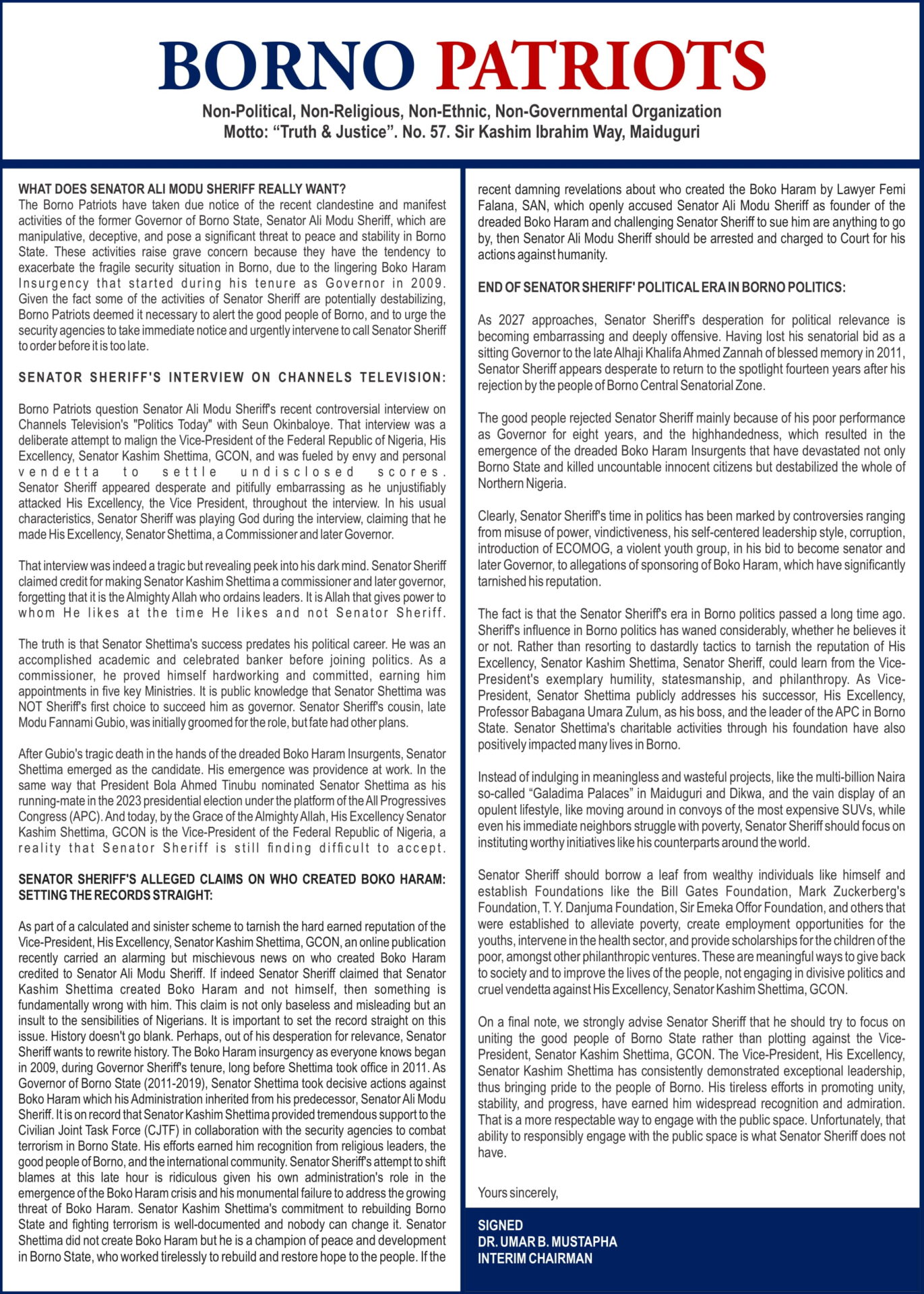TWO days after he was kidnapped in July 2007, the bloodied and battered corpse of Floribert Bwana Chui Bin Kositi was dumped outside a university campus in the city of Goma, in the east of the Democratic Republic of Congo.
The newly graduated 26-year-old and devout Catholic was just three months into a job as a customs official – which he had taken on with his usual zeal, by refusing to be bribed.
He had stood up to people wanting to smuggle in rice from neighbouring Rwanda that had spoiled and could have proven poisonous if eaten. No-one has ever been arrested for his killing.
Fr Francesco Tedeschi, the man campaigning for Kositi to become a Catholic saint, told the BBC his “mafia-style” murder was meant to serve as a warning to anyone else who stood up to corruption – in a part of the world where guns tend to hold sway over the rule of law.
Goma is the capital of North Kivu Province, which is rich in covetable minerals – such as those that power mobile phones – and plentiful in rebel and militia groups.
But Fr Tedeschi believes the warning completely failed because of Kositi’s legacy of love and justice, saying the kindness he had shown through his short life lives on today.
His actions, in a place where corruption is the norm, were informed by his faith.
It had made him strong enough to resist repeated offers by the smugglers.
According to the Catholic Sant’Egidio community of which he was a member – Kositi was first offered $1,000 (£750), then $2,000 “and even more”, but consistently said no.
“He had received phone calls and pressure, even from public authorities, to turn a blind eye and take his fee as everyone had always done,” the Community of Sant’Egidio said.
Last year, the Catholic Church declared him a martyr – one of the steps to sainthood – as it felt his death was the result of his unwillingness to sacrifice his Christian values for money.
In the Catholic tradition, a saint serves as a model of Christian life and is regarded as a hero of the faith through their exceptional actions of courage.
Kositi has since been beatified – at a ceremony in Rome last month – meaning that once one miracle has been attributed to him, he will become a saint.
So far this has been a remarkably fast journey, as canonisation – the process to sainthood – can sometimes take decades or centuries – though this is speeded up if the church decides someone died for their faith.






